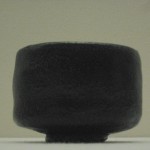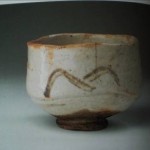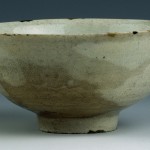I finished my censorship paper. I’m thinking about uploading it, hence there’s quite few information on this particular topic. Highly recommendable nevertheless is an exhibition catalogue on Ukiyo-e and censorship by Sarah E. Thompson and H. D. Harootunian, „Undercurrents in the floating world“ (1991).
I spent three weeks in the UK, mainly to drink tea and play with the dog of my parent’s friends living there. My last days were in London, where I literally lived at the V&A/ National Art Library. It’s great and if you have the chance going to London, don’t miss the V&A. Notes for the next visit:
*For observing objects closely, you can actually preorder several objects from the British Museum. (at least one month in advance)
*DO NOT fly Ryanair.
This semester, I’ll spent some time with African Art. I’ll have to prepare papers and PPP for
*Ife Art and
*a selection of works by Willie Bester.
Still pending:
*Last makeup on Shino and Raku
*wait for reply on kambodian buddha
—
UPDATE 14.09.2010
I signed on Scripd and uploaded my paper. You can find it here:
UPDATE 17.04.2012
I quit my Scripd Account but uploaded it on my blog here: 2010: Zensurstempel auf yakusha-e von den Kansei-Reformen bis zur Meiji-Zeit (1791-1868) (.pdf)


